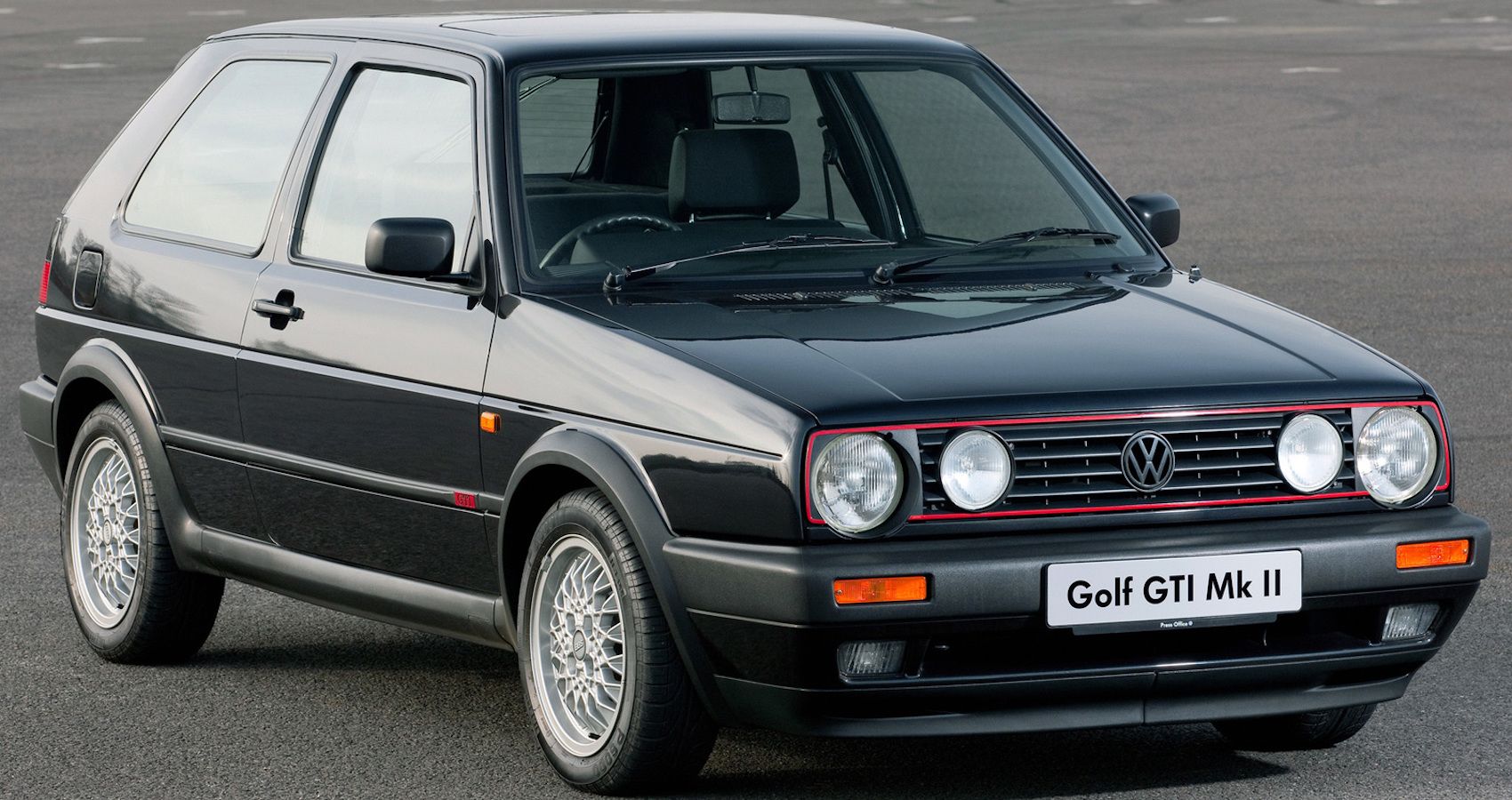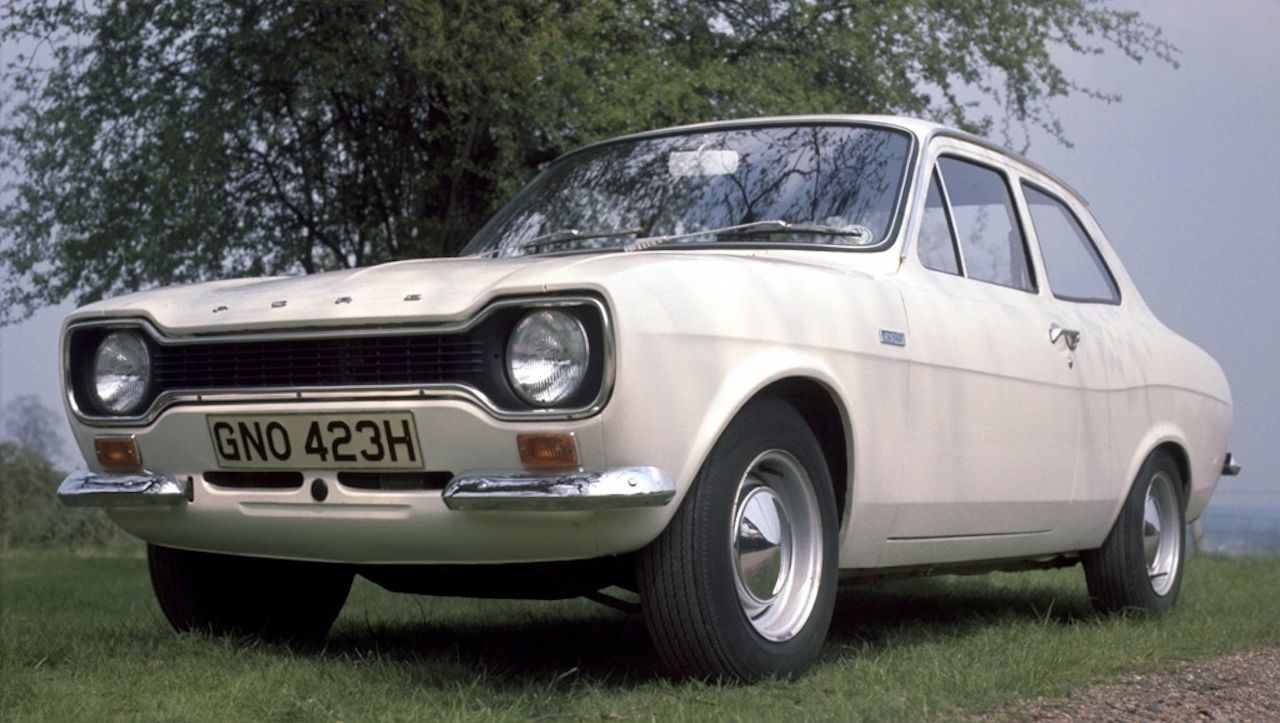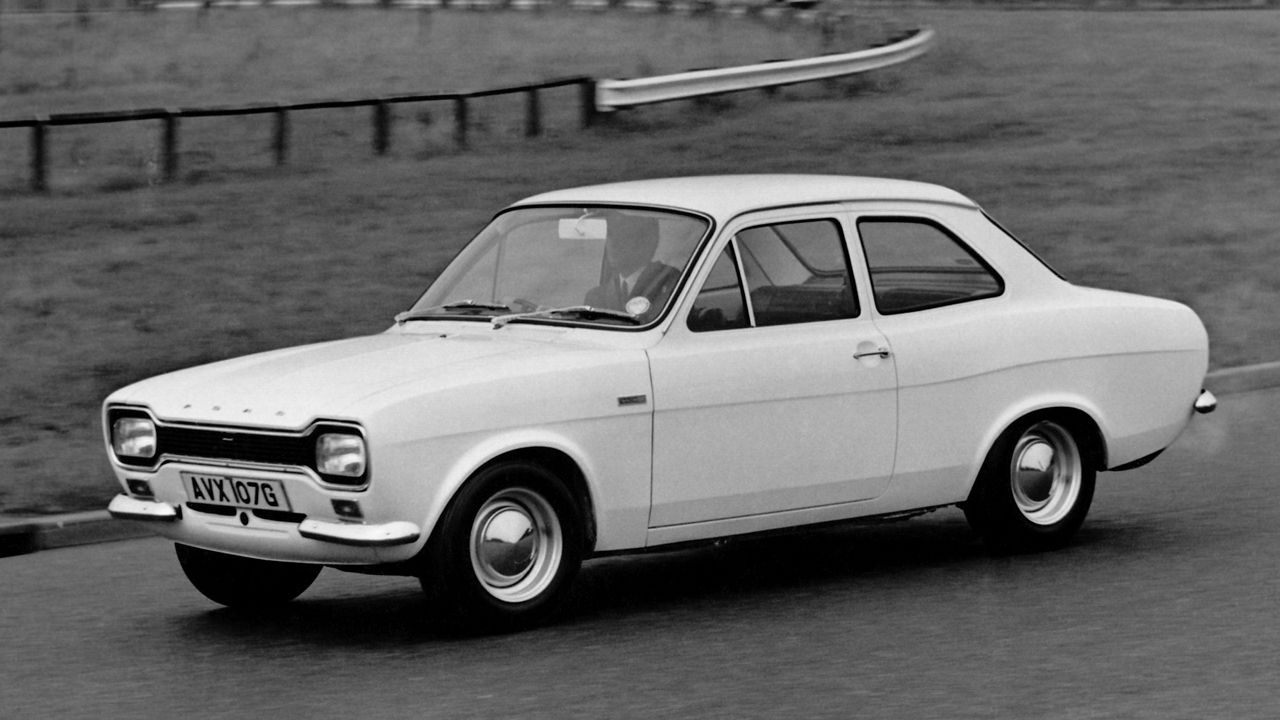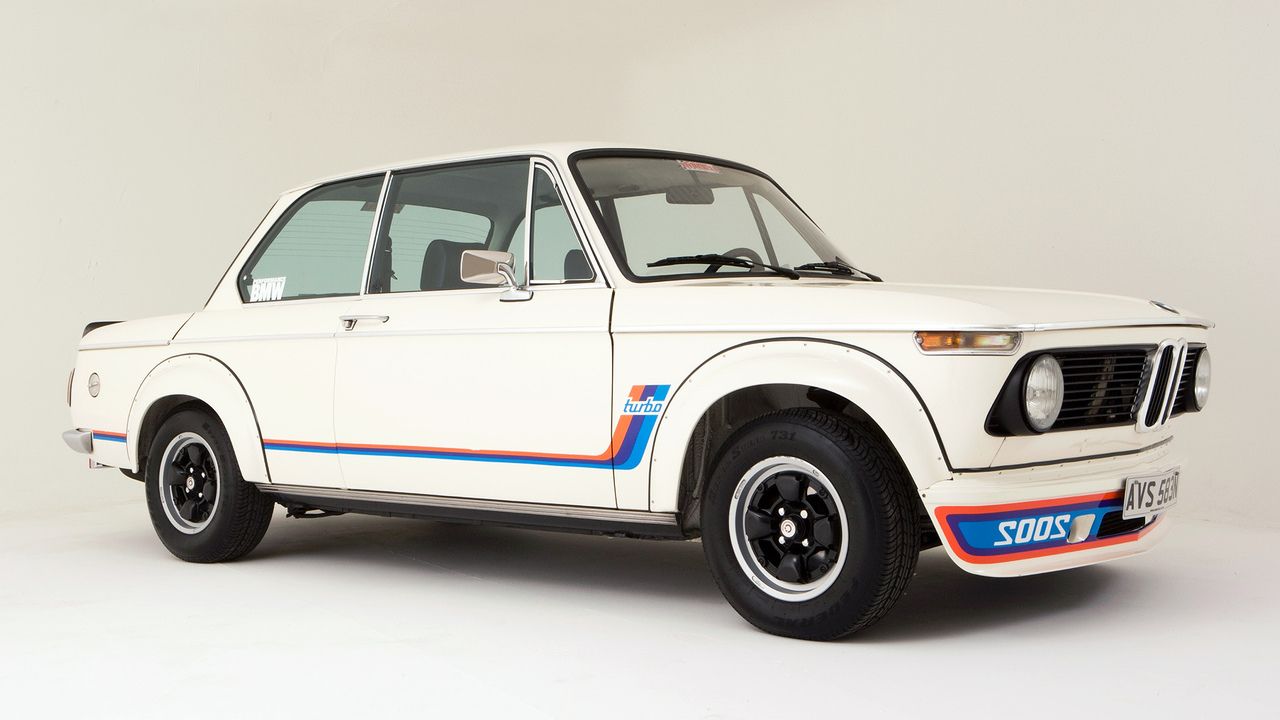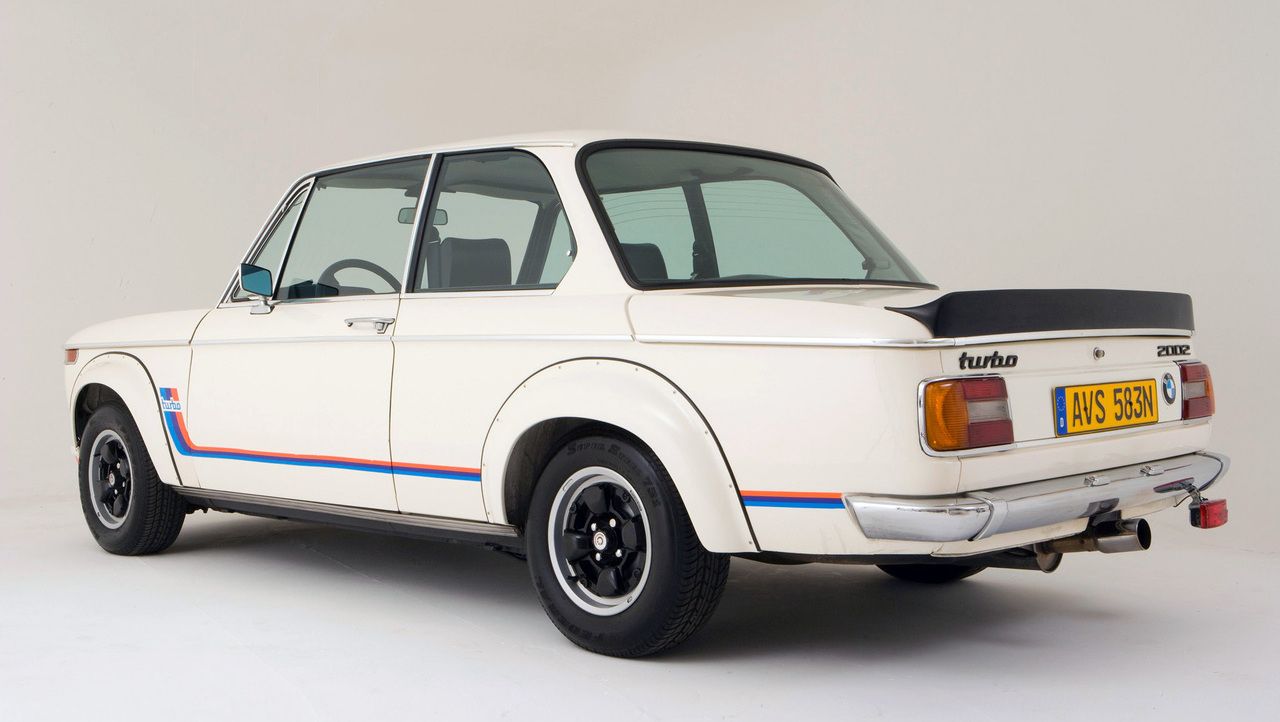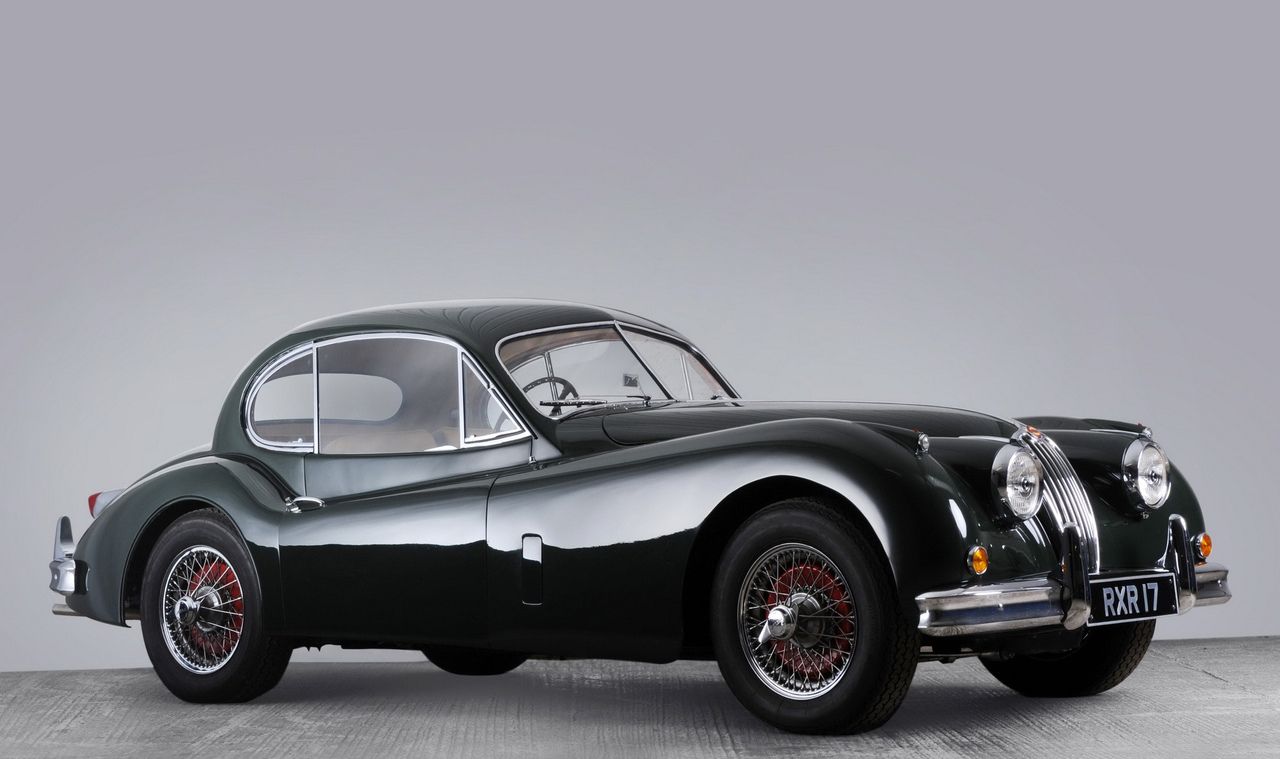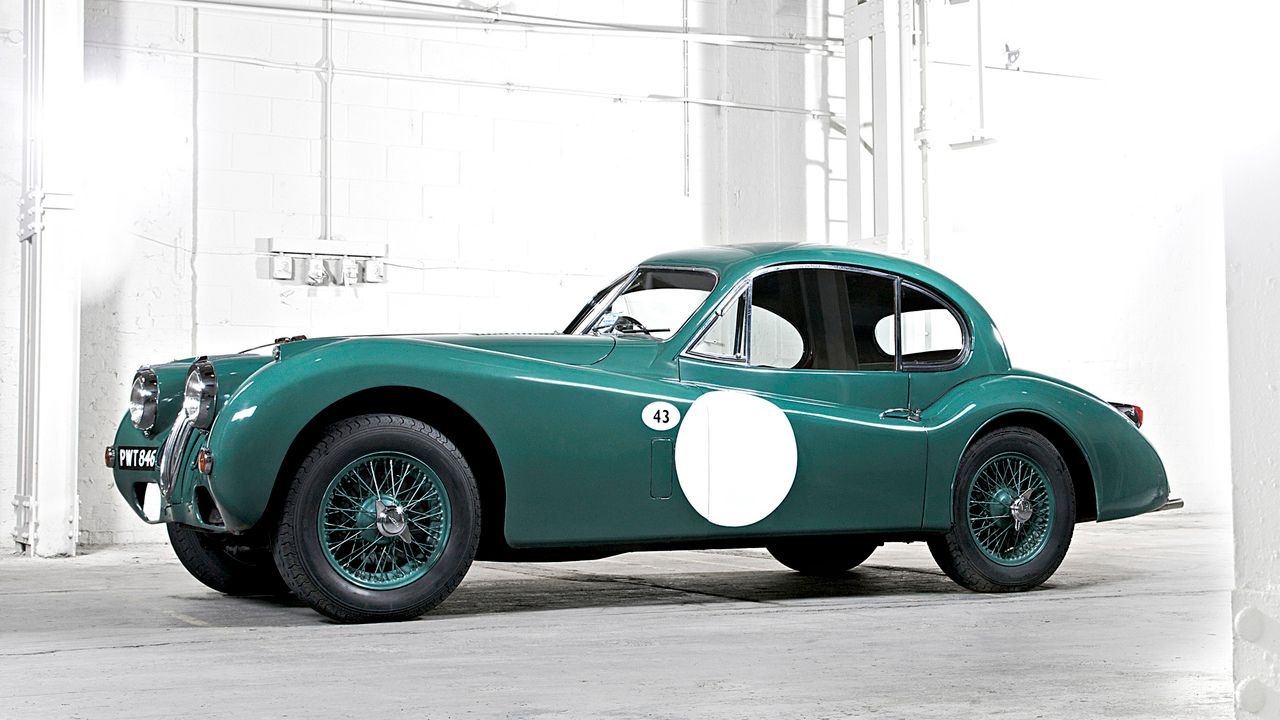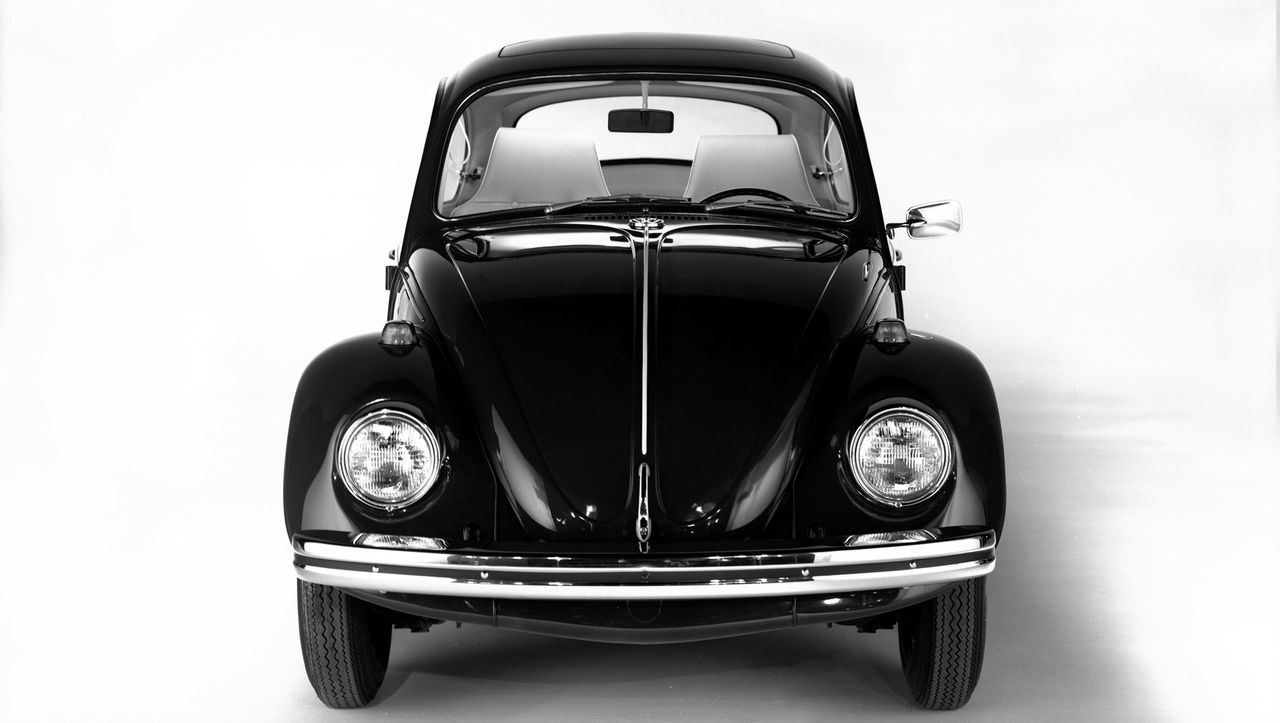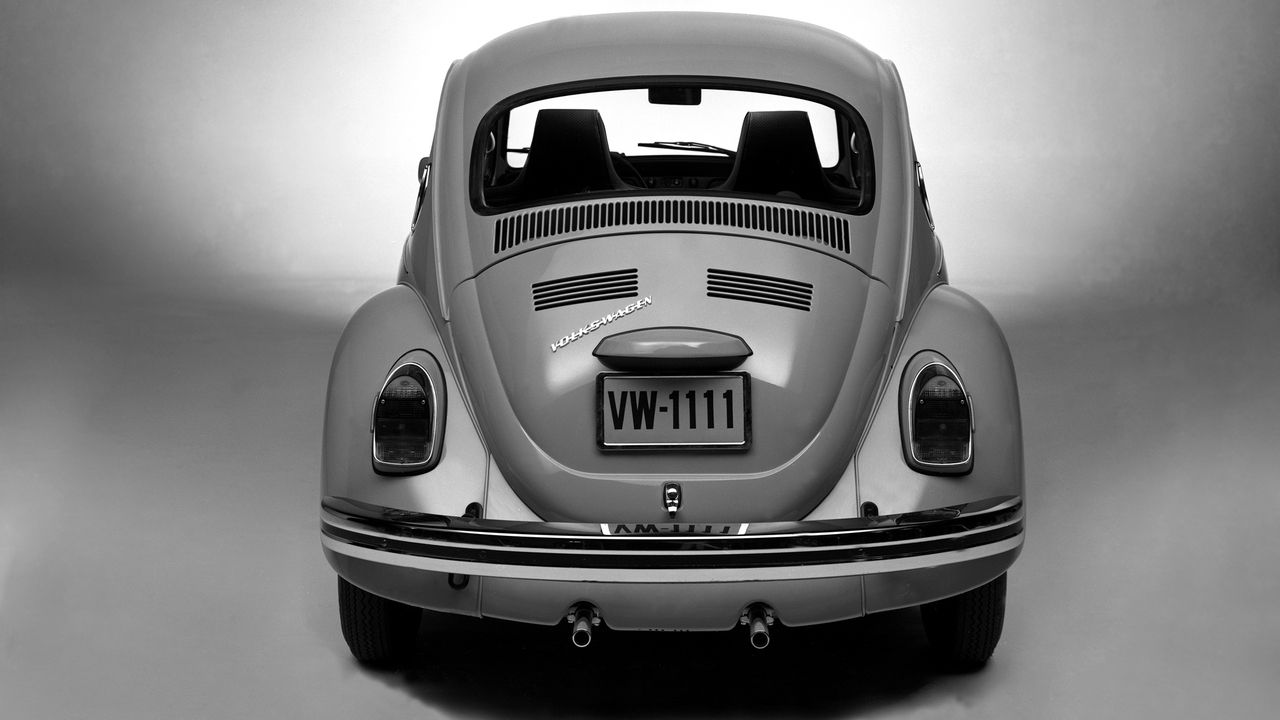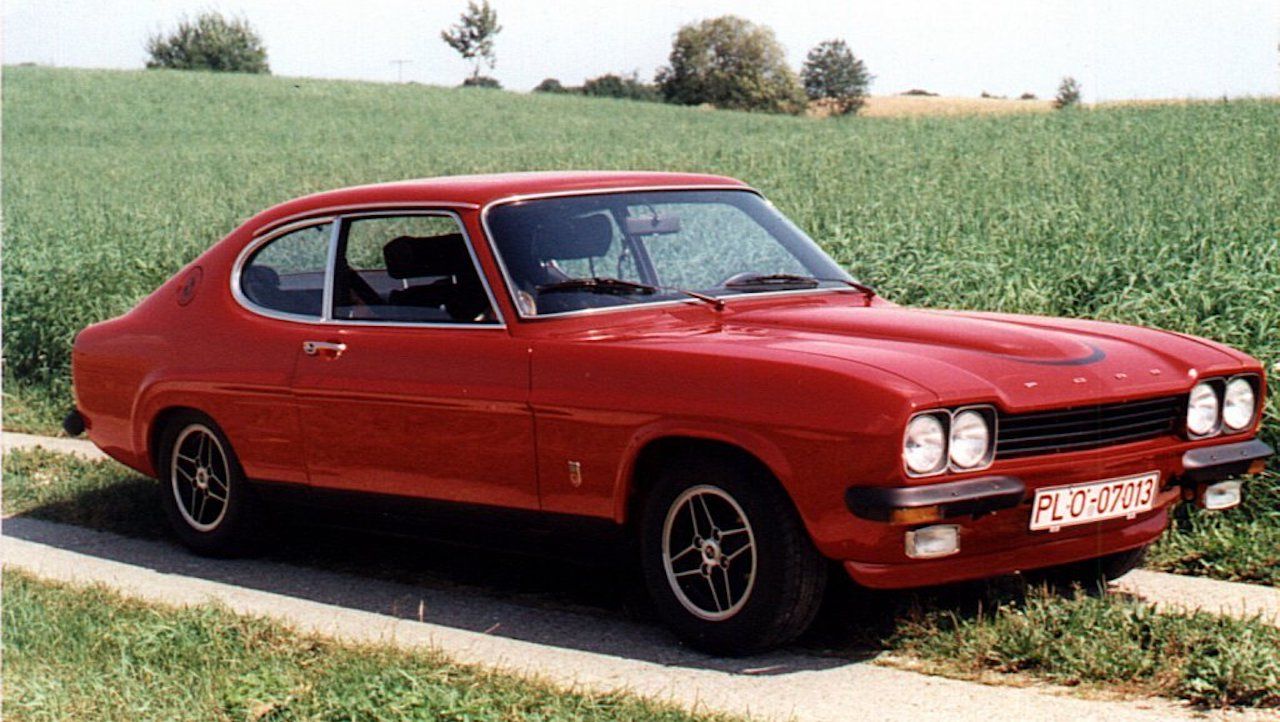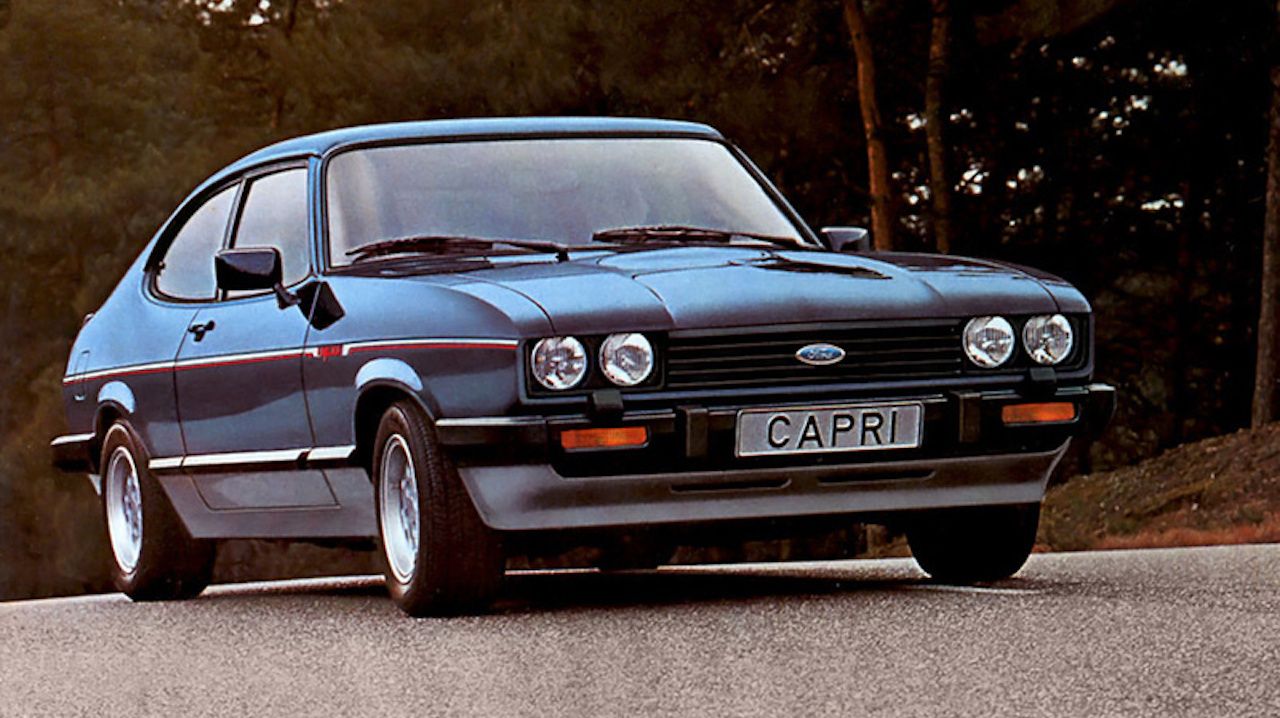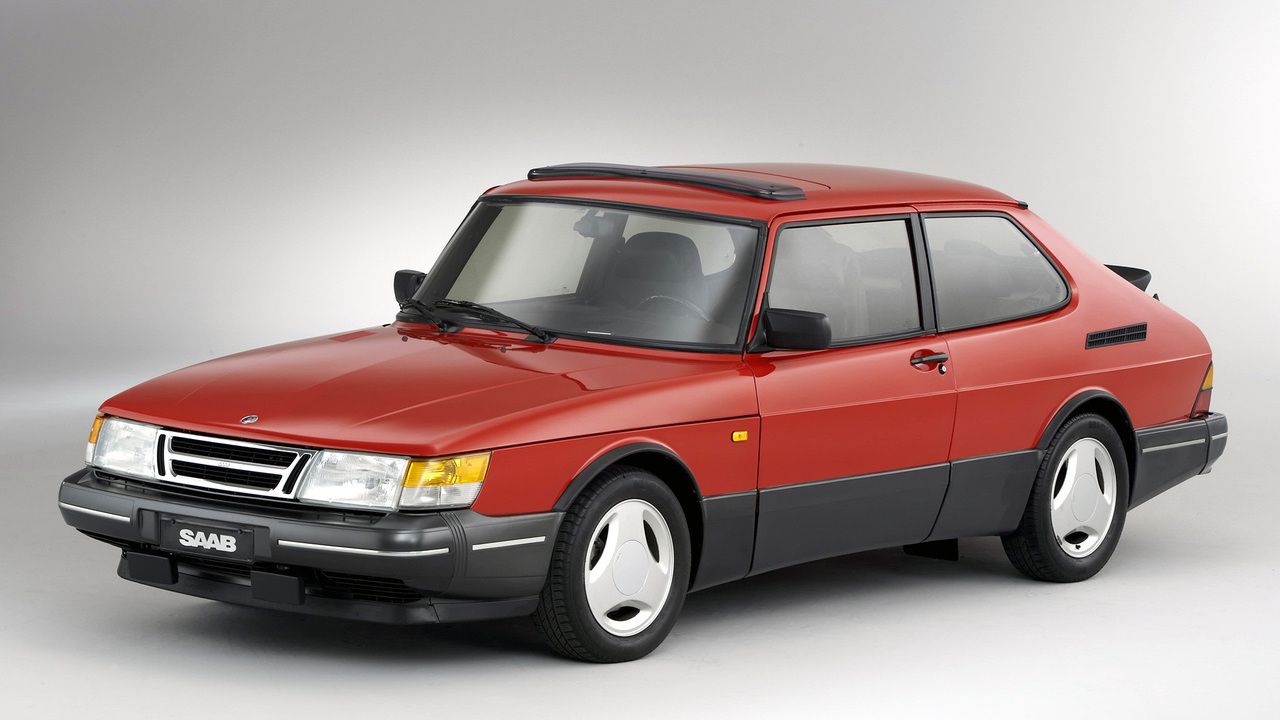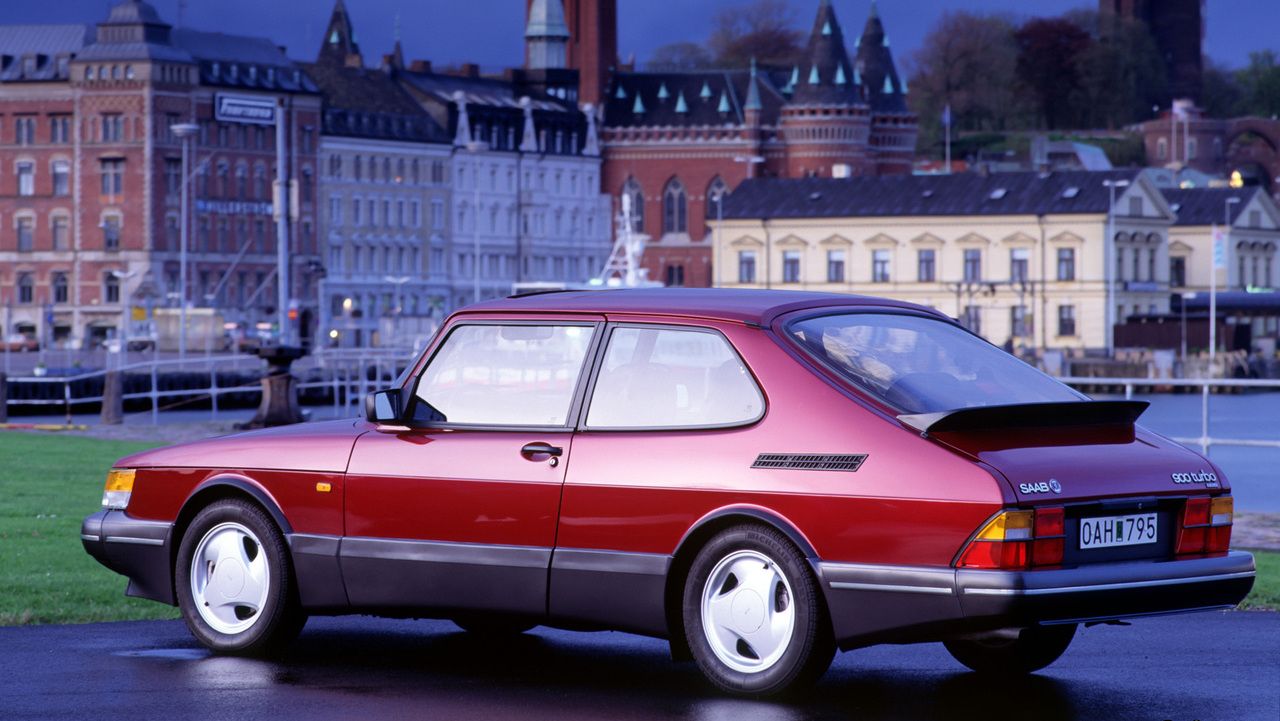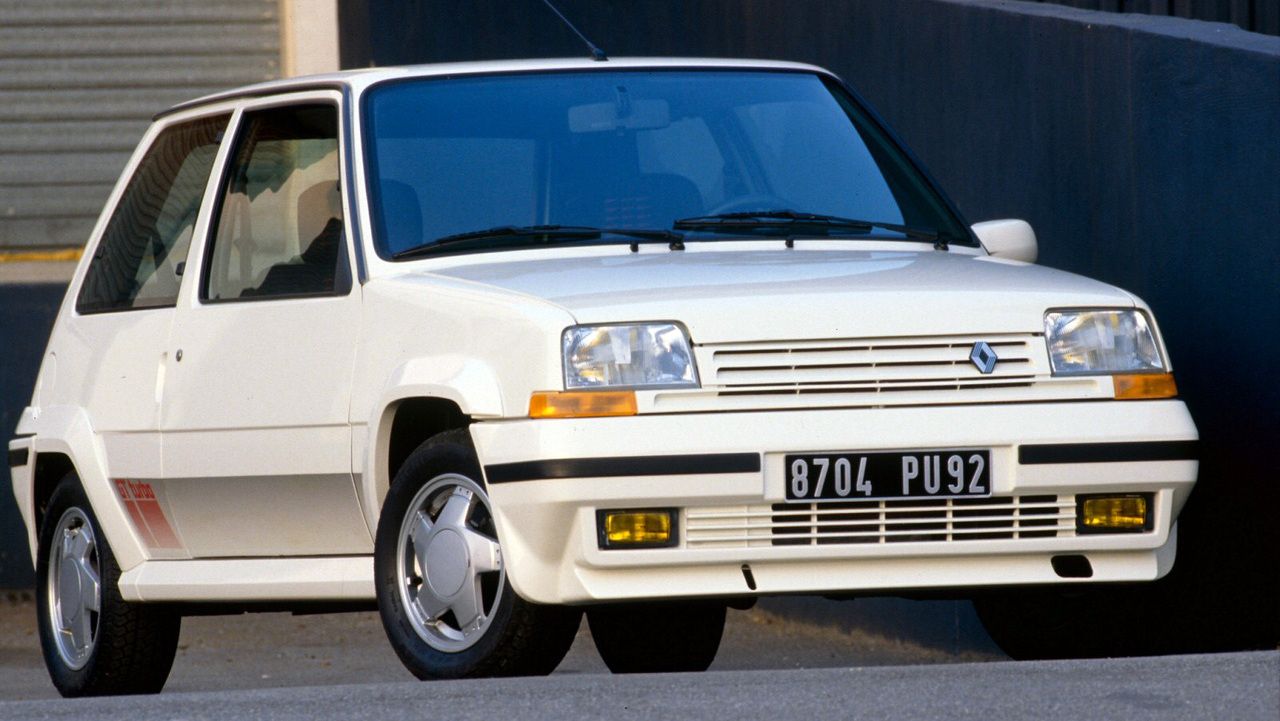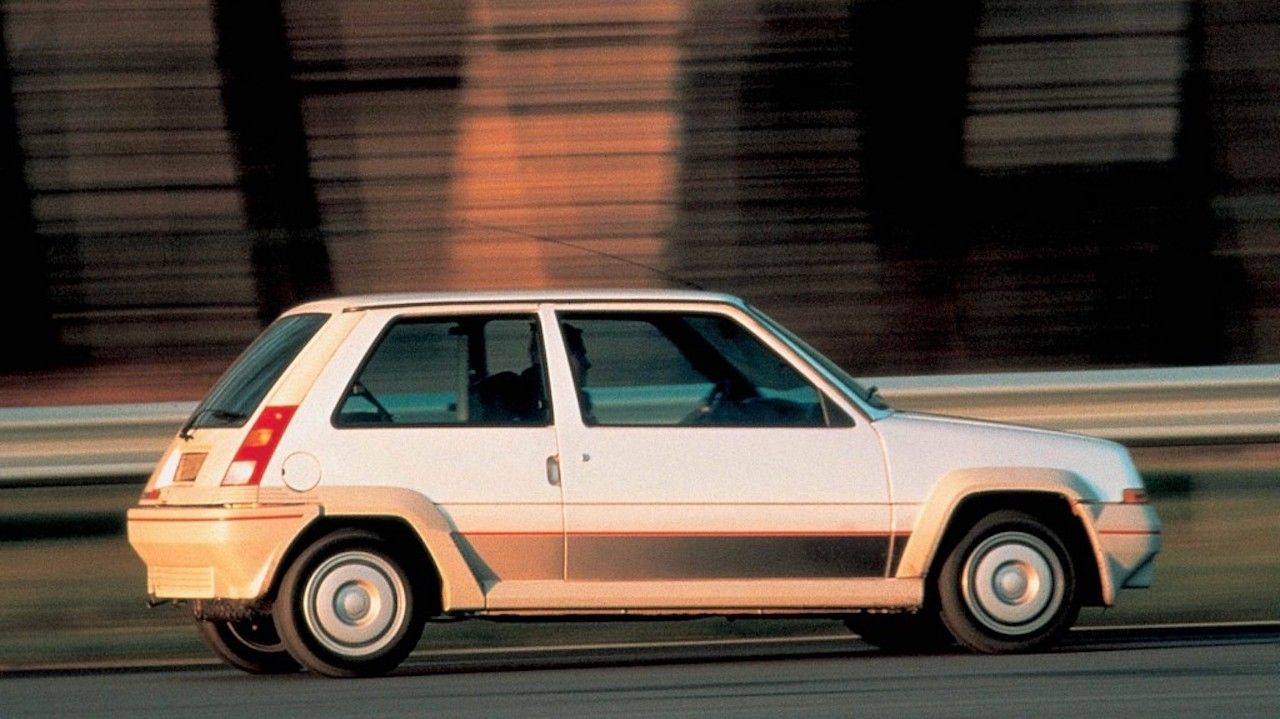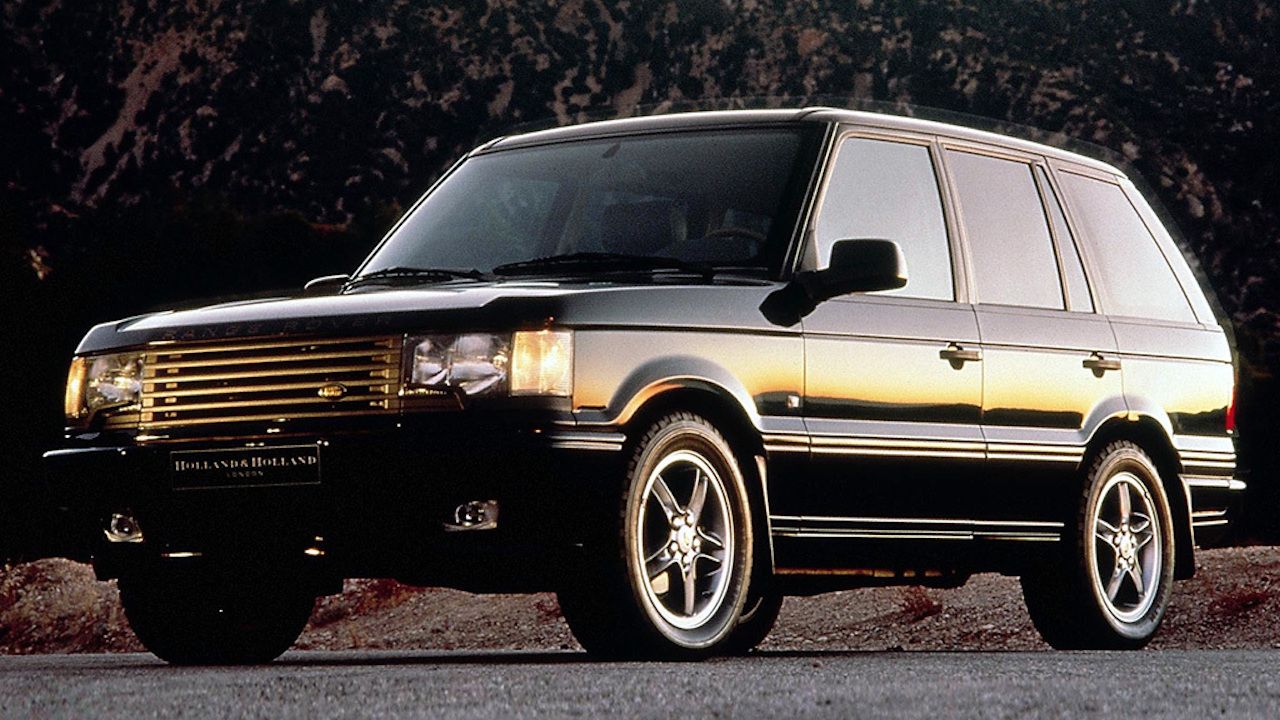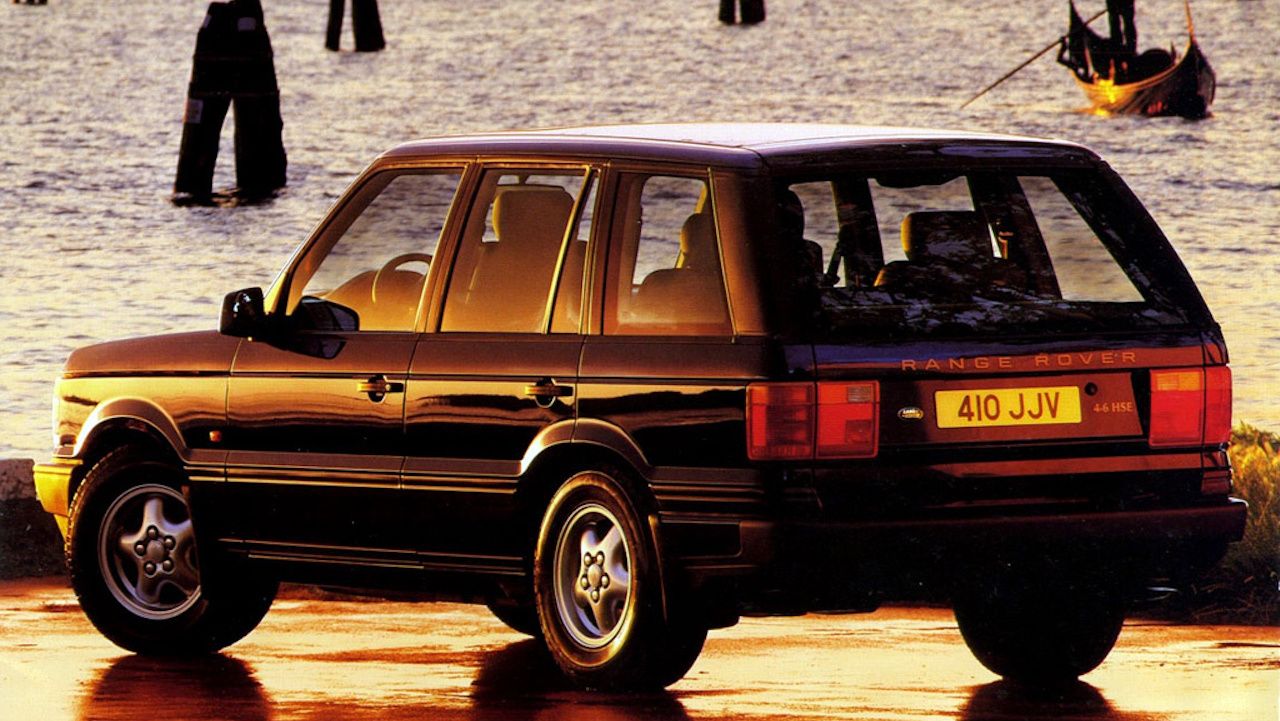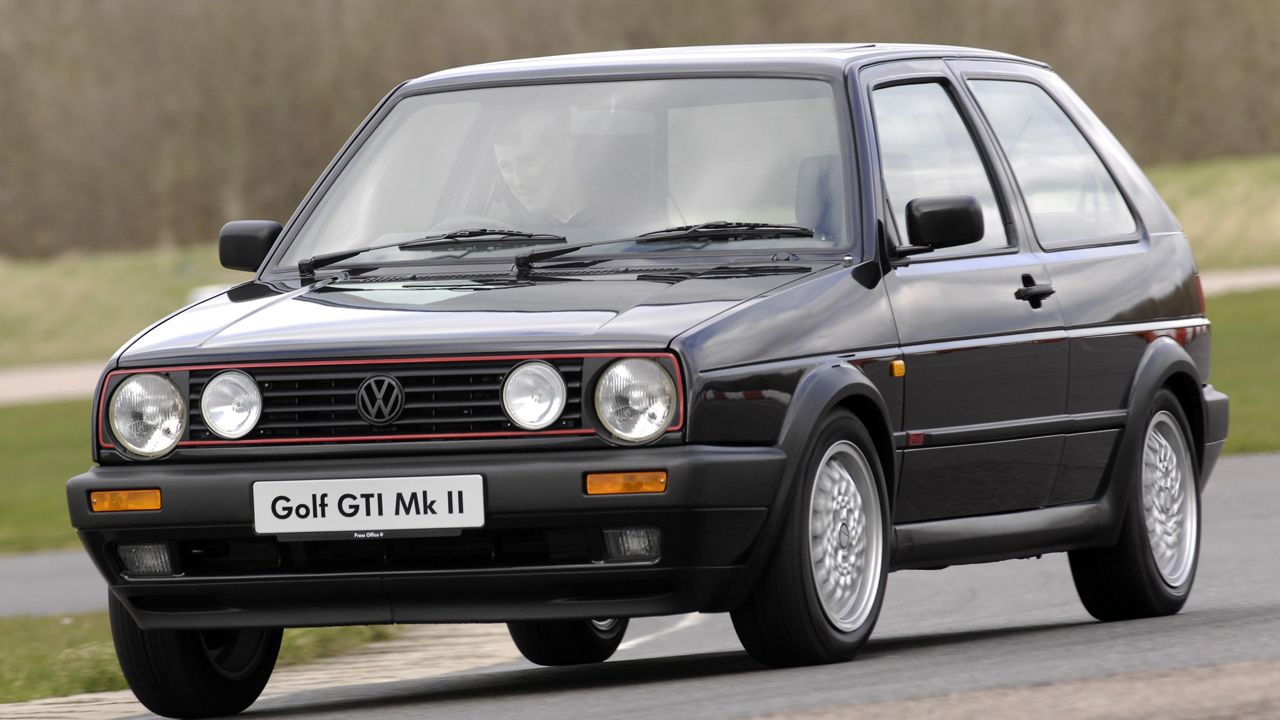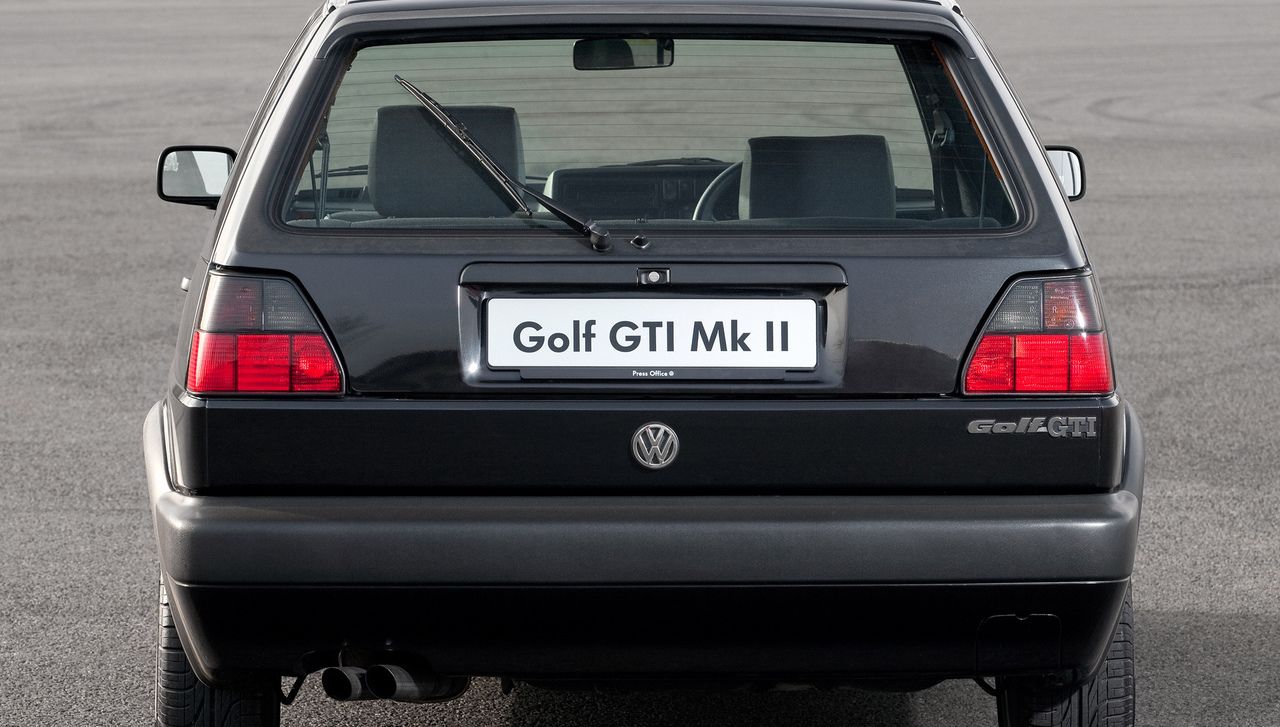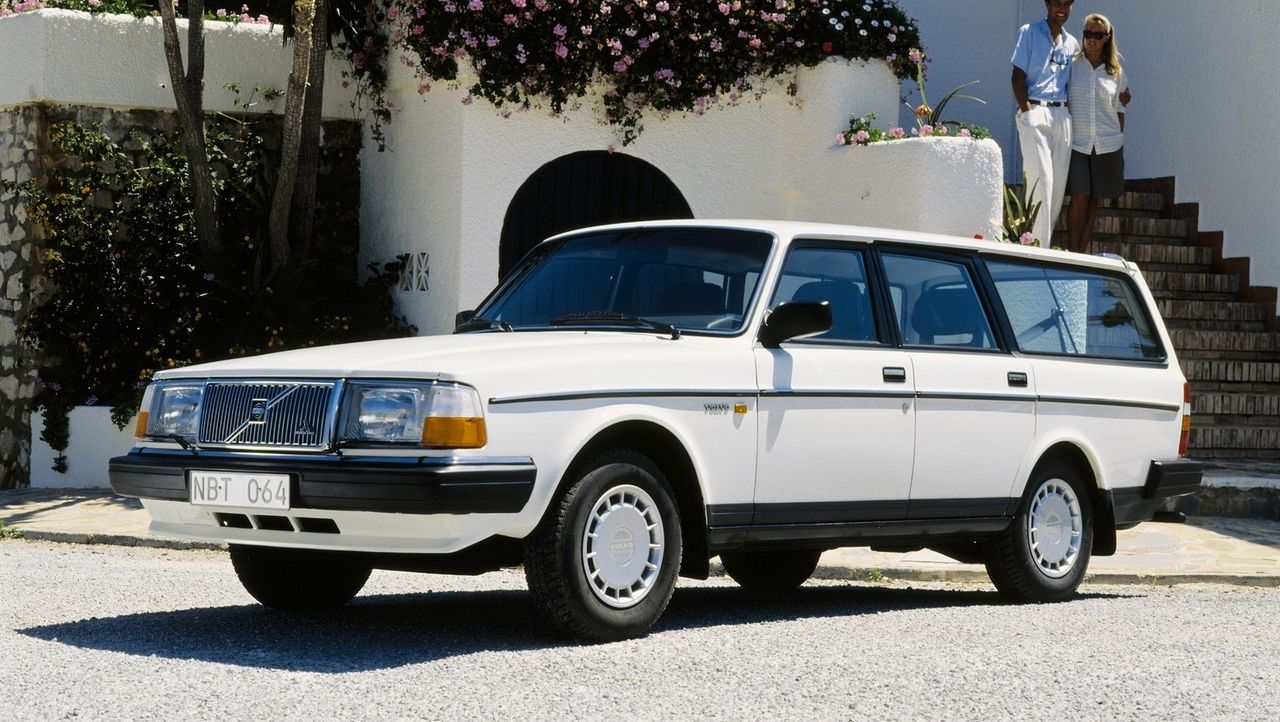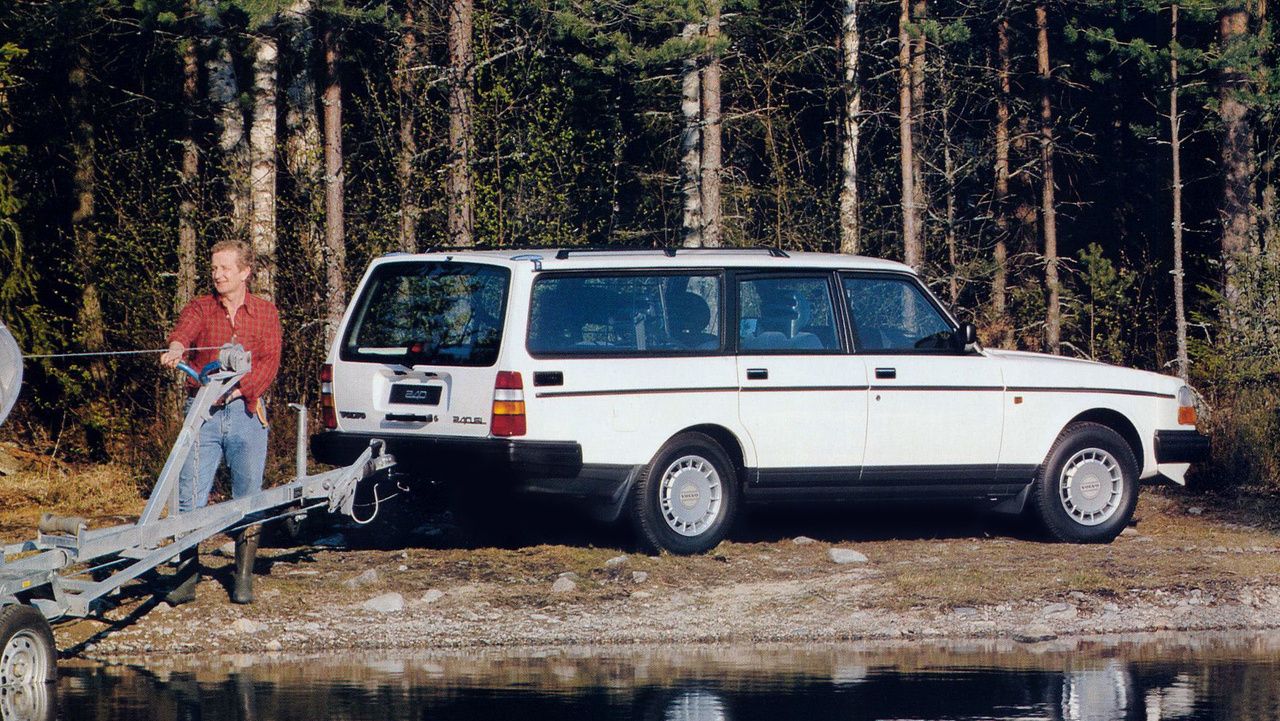European automotive brands are well respected globally and known for producing some seriously great cars. While it is fair to say there have been a number of complete flops, they are generally an attractive proposition. The best European cars successfully combine advanced engineering and exquisite styling and impressive performance.
Over the last decade, the demand for modern classics has exploded. Aged around 10 to 30 years old, many of these classic cars have become highly coveted, with demand, and consequently, prices, skyrocketing. In many cases, once regular and often neglected daily drivers are now worth serious money. The rises are certainly not restricted to traditionally desirable vehicles and sports cars.
Shrinking supply, nostalgia, and simply a more involving driving experience are all factors driving the demand. The trend shows little sign of abating. Select the right classic car, and you are choosing a great place to invest your money.
10 Ford Escort
The first generation Ford Escort was released in 1968, as a replacement for the Ford Anglia. The car was a big success and sold in huge numbers. Ford even developed a Cosworth-powered rally car, known as the RS1600, which kick-started the "RS" range of cars.
Despite being an everyday car, examples in good condition are now in dwindling supply. The car has become increasingly appreciated for its styling and design. Despite being worth little more than its scrap value in decades past, prices are currently sky-high. Early concourse examples are now worth the equivalent of $17,000.
9 BMW 2002 Turbo
Released in 1973, the BMW 2002 Turbo was a seriously impressive performance car for the time. Generating 170 hp, the "M10" 2.0-liter four-cylinder engine enabled a 131-mph top speed, while 0-60 mph took around 7 seconds.
The name signified the car's 2.0-liter engine and two doors. The 2002 Turbo was revolutionary in that it utilized an exhaust turbocharger, and was a pioneer of this technology
8 Jaguar XK140
Manufactured between 1954 and 1957, the XK140 was essentially an upgraded version of the XK120. As standard, the car came with a 3.4-liter straight six. The unit generated 193 hp, which was enough to enable a 0-60 mph time of 8.4 seconds.
The main changes compared to the XK120 relate to the bumper design, steering rack, and a substantially larger interior.
7 Volkswagen Beetle
The car first rolled off the production line in 1938. The beetle enjoyed global appeal and even led to Volkswagen's first North American factory being produced. Known originally as "the people's car", the car sold in massive numbers, and is the most popular single-platform car ever made.
Sales really took off after World War II, and 21,529,464 ended up being produced. Once considered a basic and utilitarian car, examples in good condition today, are commanding serious price tags. According to Hagerty, an early 1950s example is currently worth $36,600, and prices are continuing to climb.
6 Ford Capri
The Capri was Ford Europe's answer to the Mustang, bringing an American-inspired fastback body style to the market. Three generations of the car were produced, starting with the Mk1 in 1969, and ending with the Mk3 in 1986.
Marketed as "the car you always promised yourself," it was a real object of desire, bringing sports car performance to the mass market. All generations have seen a substantial upsurge in value, and are becoming increasingly collectible.
5 Saab 900 Turbo
Saab arrived pretty early to the turbocharged party, and the 1978 Saab 900 Turbo was advanced for its time. Under the hood, a Triumph-derived, slanted inline-4 engine produced a decent 175 hp.
Today, the car remains a great option, and many would even be able to cope as a daily driver. This is a testament to the build quality of the Scandinavian brand's build quality. Given the age of these cars, it is important to be vigilant and looks for signs of extensive rust and rot. Most seem to fare fairly well, given they were engineered to cope with harsh Scandinavian winters.
4 Renault 5 GT Turbo
Lesser known than other iconic hot hatches of the 1980s. The Renault 5 GT Turbo was a seriously quick compact car. Under the hood, the car housed a 117-hp 1.4-liter turbocharged engine.
The car had a decent top speed of 120 mph, and 0-60 mph was possible in just over 7 seconds. The GT Turbo's lightweight of just 1873 lbs is a major contributor to its performance capabilities. The car was never sold in huge numbers and is rarer than it has ever been today. As a consequence, values have skyrocketed in recent years, and this trajectory look set to continue.
3 Range Rover P38
The P38 was Land Rover's second generation version of the iconic Range Rover. The car had big boots to fill, as the legendary first generation model was in production for almost 25 years. The P38 sported a far more modern style, and the design language of the model can still clearly be seen in an evolved form in newer generation cars.
V8 power was a mainstay of the range, with 4.0-liter gas engines being the most popular. Values of the car originally tanked, with fairly primitive electronics creating a number of issues and expenses for owners. Today, the car is considered a desirable classic, and this is only strengthening as time goes on.
2 Volkswagen Golf GTI MK2
Following on from the huge success of the original Mk1 GTI, Volkswagen released the Mk2 in 1984. The updated model was larger and featured a 139-hp 1.8-liter 16-valve engine. A lower powered, 112-hp 8-valve model was also available, but true gearheads would undoubtedly rather the more powerful 16-valve.
A decade ago, collectors were most interested in the Mk1, with the Mk2 being seen as more modern and less desirable. According to Hagerty, a 1990 Golf GTI in good condition commands a $12,500 price tag, a 52.4% increase in the last 12 months.
1 Volvo 240 Wagon
The boxy 240 fits the stereotypical load-lugging Volvo many of us know and love. Released in 1974 and produced until 1993, almost two decades later. The 240 was one model that really helped Volvo to develop its reputation for reliability.
Drivability was improved over its predecessor, the 140, by the inclusion of MacPherson front suspension and rack and pinion steering. It remains a very practical and usable vehicle to this day and is a great option for someone seeking a classic daily driver. However, with the model becoming increasingly collectible, you should be sure to give it the respect it deserves.

